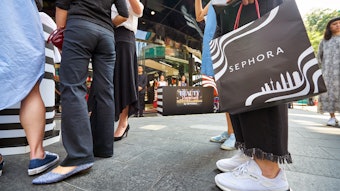
Rising pollution levels, mingled with consumers' growing concern for overall health, are helping to push anti-pollution beauty from a trend to a segment in its own right—one that is expected to grow at a CAGR of at least 5% from 2019-2029.
Interest in natural, environmentally friendly products and growth in urban populations have also inspired this expected growth, according to a Future Market Insights report on the global anti-pollution ingredients market.
Plant extracts and activated charcoal are on the rise as anti-pollution agents; vitamins E and A, plus polymer-based ingredients, are also growing.
Other key insights include:
- Although anti-pollution beauty was sparked in Asia, it has gained momentum in Europe and North America.
- However, growing awareness of skin care products and more rapidly increasing pollution levels help Asian regional markets remain prominent in the global scale.
- Leading anti-pollution beauty applications include cleansing clay masks; balancing toners; deep cleansing products that do not compromise the skin's pH levels; and natural oil-based cleansers.
- Almost half of the total demand for anti-pollution ingredients is for skin care applications.
- However, the scope of anti-pollution beauty has grown to also include sun protection, skin cleansers, color cosmetics and hair care.
- The most growth for anti-pollution ingredients is expected from users 20-40 years in age—primarily millennials.
- The South Asian anti-pollution ingredients market contributed 21.3% toward the global market in 2018.










